There can be no doubt that demand for reliable, efficient plastics adhesive is high in the realm of DIY craft, model making and household repairs. The crucial role played by plastic glue or plastic cement is to ensure the secure connection between components of plastics. The selection of the appropriate plastic glue must be crucial in order to create a robust and lasting bond, whether you are working on models, doing household chores or dealing with car repairs.
Cyanoacrylate Super Glue
Super glue is readily recognized for its fast action and rapidly creates strong bonds between plastic surfaces. It's very good at adapting to different plastics, such as polystyrene and acrylic. This adhesive is perfect for swiftly bonding small plastic components, and its instantaneous bonding property is a substantial advantage.
Epoxy
Epoxy plastic glues are flexible and suitable for bonding to a wide range of materials such as plastics, when characterised by the combination of resin and hardener. For its durability, chemical resistance and ability to fill gaps in the surface, epoxy resin has been regarded as an excellent choice.
Polyurethane Glue
Polyurethane glue, which is known for its flexibility and water resistance, gradually forms a strong bond suitable for different types of plastics although not as fast as super glue. It has proved particularly useful for projects in which the bonded component can be subject to stress or movement.
Guidelines for Plastic Glue Application:
Surface Preparation: Before applying any plastic glue, make sure the surface that you are going to bond is completely cleaned and free of dirt, grease or debris which can interfere with its bonding.
Ventilation: There are fumes coming out of certain plastic glues, especially those with solvents. Make sure you have adequate ventilation in the work space and consider using a respirator if necessary.
Clamping: Use clamps to keep plastic components in place while we glue, so as to make sure that the bond is secured.
Application Techniques: Make sure that the manufacturer's instructions for application of glue are followed. The spread of the glue on both surfaces is required by some, while others need not be applied to a single surface.
Drying Time: The drying time of the various plastic glues varies. Use patience to allow sufficient time for glue to settle before the bonded components are subjected to stress.
Conclusion
It is the special requirements of your project that determine whether or not you choose a suitable plastic glue. There are plastic adhesive solutions for each purpose, whether it is rapid adhesion of super glue, epoxy resin adaptability, or the flexibility of polyurethane glue. You can achieve a resilient and lasting bond on all your plastic work with knowledge of the special characteristics of each type of plastic glue, as well as proper application techniques.

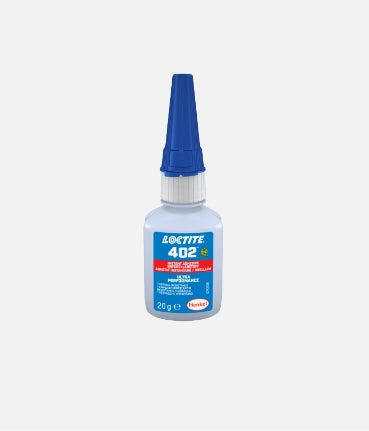
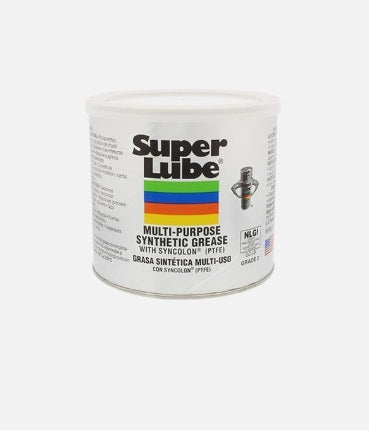
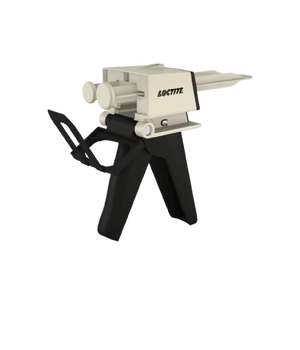
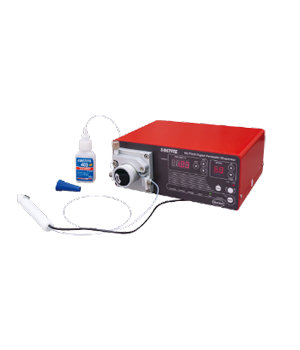
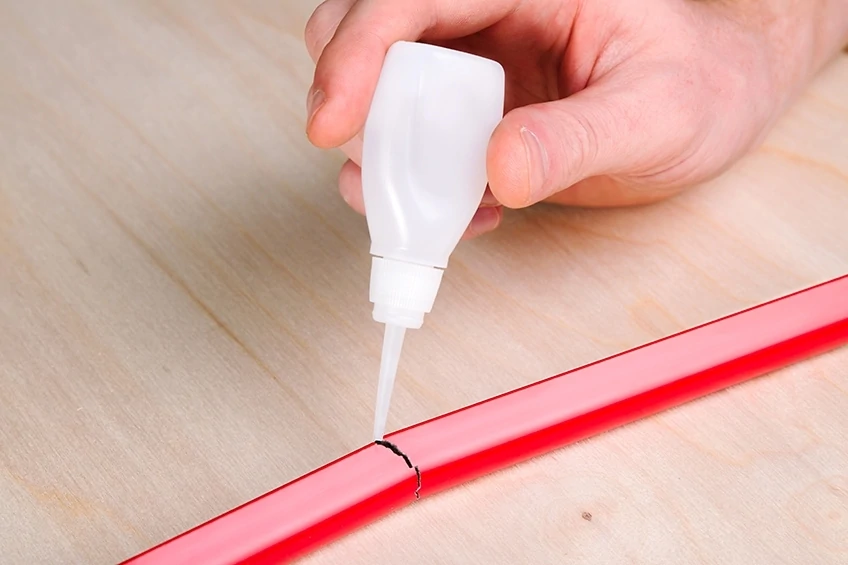
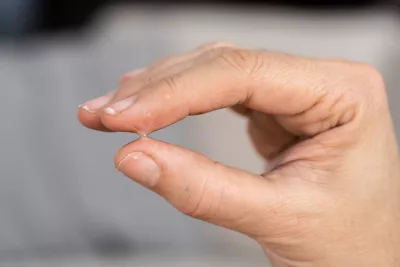
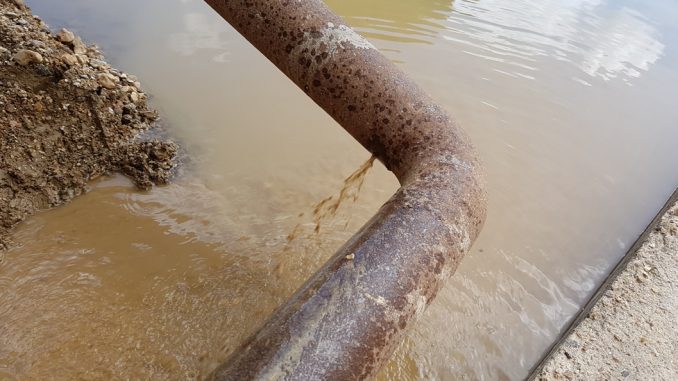
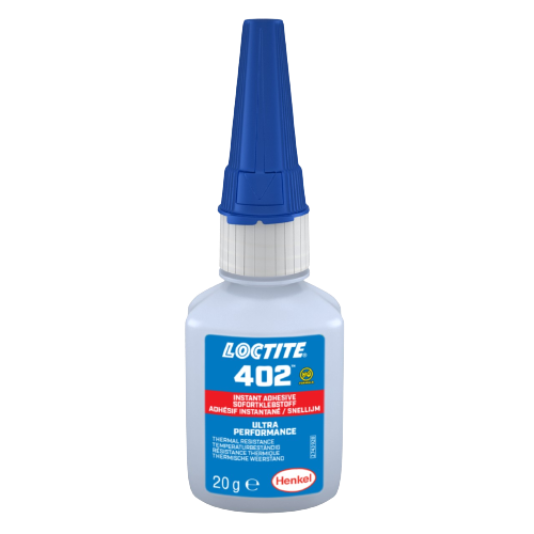
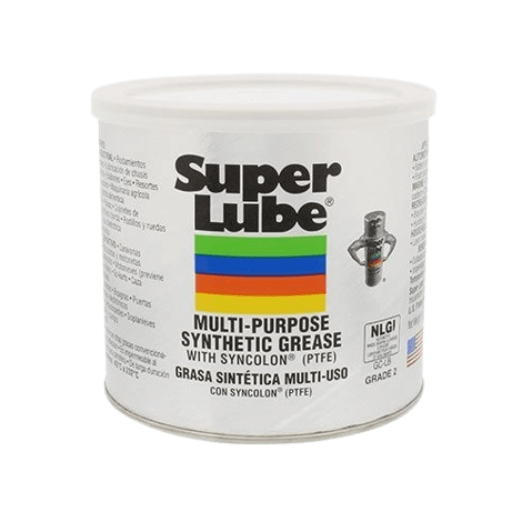
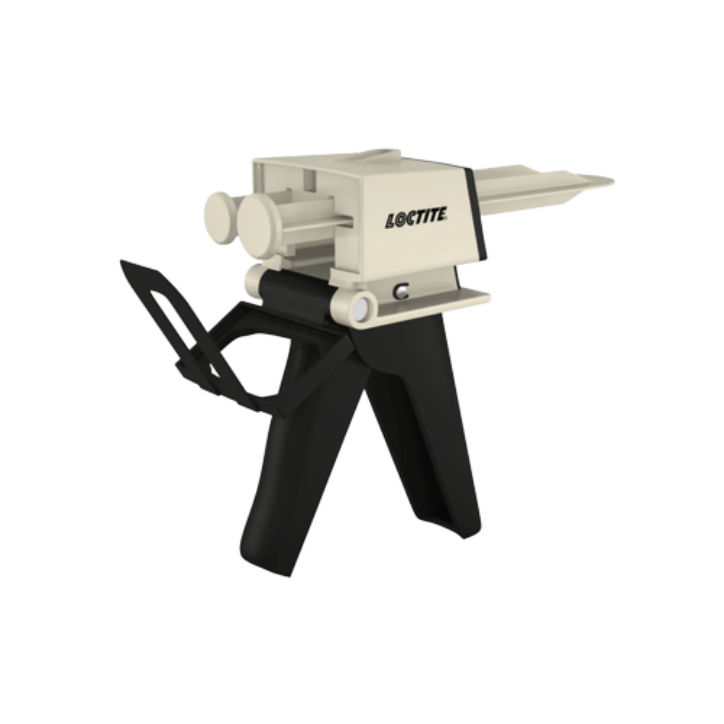
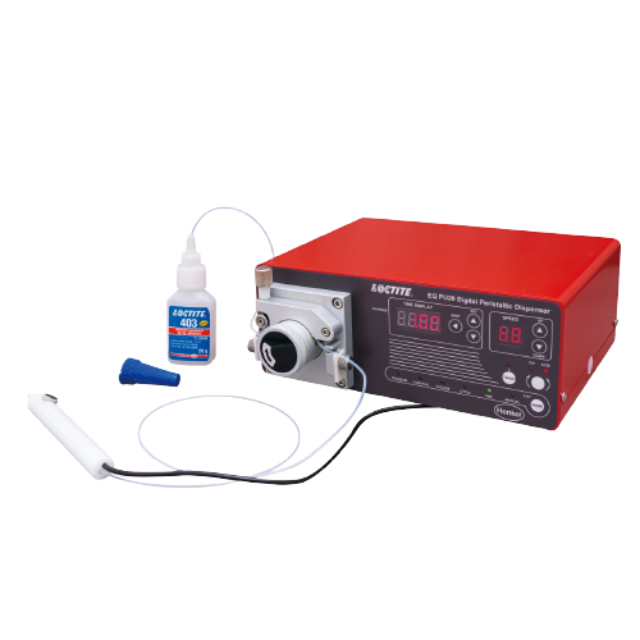
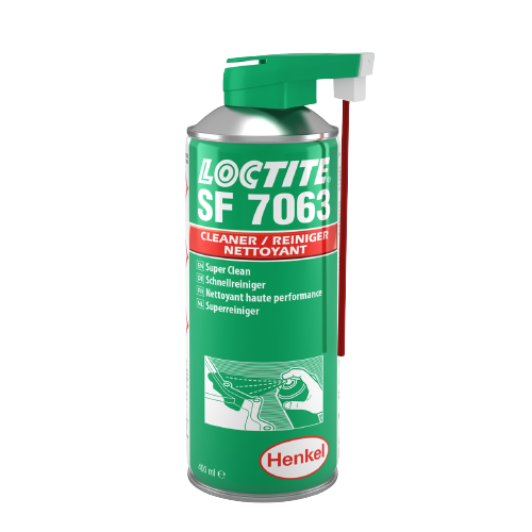
Leave a comment
All comments are moderated before being published.
This site is protected by reCAPTCHA and the Google Privacy Policy and Terms of Service apply.